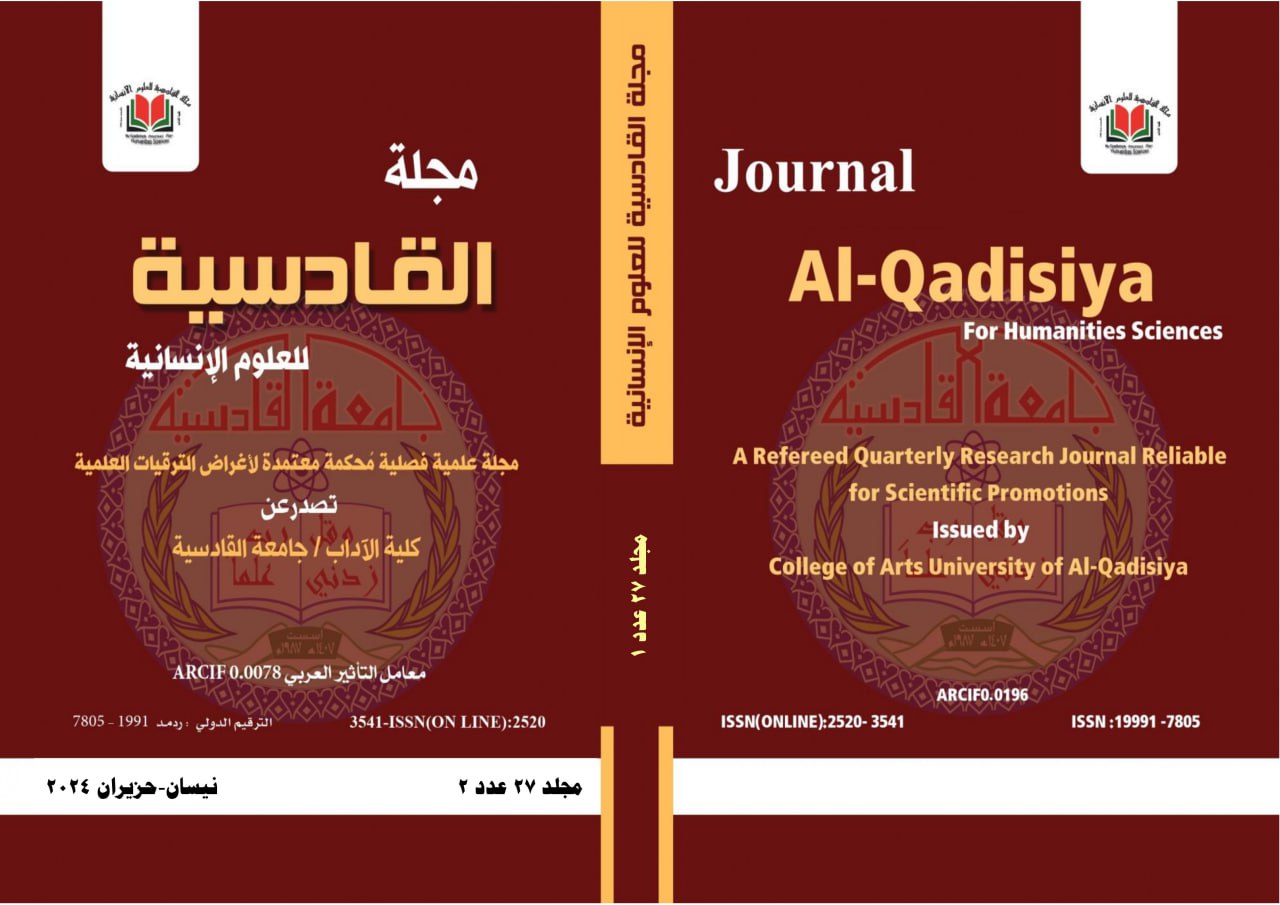Abstract
Abstract
Intonation is a universal phenomenon and can be regarded as a verbal punctuation to any spoken language. It helps in comprehending beyond what mere words can convey. This suprasegmental feature has been studied formally and functionally up to date.
The aim of this paper is: firstly, to show the role of intonation in English televised discourse with reference to that in Arabic; and secondly, to show the intonation patterns and the connotations they may convey in both languages.
The data for English discourse are taken from BBC World News TV Channel, specifically, from the program called \'HARDtalk\'; whereas the Arabic data are taken from Al-Jazeera TV Channel, specifically, the program called \'Al-Sharee\'a Wal Hayat\'. These data have been analyzed auditorily and perceptually according to the theoretical approach of Roach (1991).
This paper focuses primarily on the discourse and attitudinal functions of intonation. Furthermore, there is an illustration which goes counter to Brazil\'s view with regard to the tonic syllable placement according to \'givenness\' i.e., old and new items in a discourse and supports Roach\'s view that the tonic syllable placement is determined by the assessment of some items in discourse to focus attention, irrespective of their givenness while speaking. However, it is hoped that this paper will come up with acceptable findings with respect to English and Arabic televised discourse.
Intonation is a universal phenomenon and can be regarded as a verbal punctuation to any spoken language. It helps in comprehending beyond what mere words can convey. This suprasegmental feature has been studied formally and functionally up to date.
The aim of this paper is: firstly, to show the role of intonation in English televised discourse with reference to that in Arabic; and secondly, to show the intonation patterns and the connotations they may convey in both languages.
The data for English discourse are taken from BBC World News TV Channel, specifically, from the program called \'HARDtalk\'; whereas the Arabic data are taken from Al-Jazeera TV Channel, specifically, the program called \'Al-Sharee\'a Wal Hayat\'. These data have been analyzed auditorily and perceptually according to the theoretical approach of Roach (1991).
This paper focuses primarily on the discourse and attitudinal functions of intonation. Furthermore, there is an illustration which goes counter to Brazil\'s view with regard to the tonic syllable placement according to \'givenness\' i.e., old and new items in a discourse and supports Roach\'s view that the tonic syllable placement is determined by the assessment of some items in discourse to focus attention, irrespective of their givenness while speaking. However, it is hoped that this paper will come up with acceptable findings with respect to English and Arabic televised discourse.
